How to Install Google Chrome on Debian Linux
Introduction
Discover how to effortlessly install Google Chrome on Debian distributions like Ubuntu using the command line. Our step-by-step guide simplifies the process, enabling you to quickly access Google Chrome's powerful features and capabilities on your Debian-based Linux system. Follow our straightforward instructions to unlock the full potential of Google Chrome, the versatile and reliable web browser, ensuring seamless performance and enhanced user experience on your Debian-Linux distribution.
Chrome Installation Steps
Import Google's Linux signing key and add it to the keyring for Google Chrome installation.
curl -s https://dl-ssl.google.com/linux/linux_signing_key.pub | sudo sh -c 'gpg --dearmor > /usr/share/keyrings/google-chrome-keyring.gpg'
Update the list of available packages and their versions on your system.
sudo apt update
Upgrade installed packages to their latest available versions.
sudo apt upgrade
Download the libu2f-udev package from the Ubuntu repository.
curl -sO http://archive.ubuntu.com/ubuntu/pool/main/libu/libu2f-host/libu2f-udev_1.1.4-1_all.deb
Install the libu2f-udev package using the Debian package manager (dpkg).
sudo dpkg -i libu2f-udev_1.1.4-1_all.deb
Download the latest Google Chrome stable release for AMD64 architecture.
curl -sO https://dl.google.com/linux/direct/google-chrome-stable_current_amd64.deb
Install the downloaded Google Chrome package using dpkg.
sudo dpkg -i google-chrome-stable_current_amd64.deb
Resolve and install any missing or broken dependencies for Google Chrome.
sudo apt install -f -y
Launch Google Chrome web browser.
google-chrome
Chrome Installation Script
Automating the process of installing Google Chrome on Debian-based Linux systems can save you time and effort, especially if you need to set up multiple machines or want to streamline the installation on your system. By creating a script, you can execute the entire process in a single command. This script incorporates the steps above such as importing Google's signing key, updating the package repositories, upgrading the system, downloading and installing necessary packages, and resolving dependencies. Once the script is ready, you can run it whenever you need to install or update Google Chrome, ensuring a consistent and efficient installation process across all your Ubuntu devices. For security never execute scripts directly from the web!
Conclusion
In summary, you're now all set to breeze through the installation of Google Chrome on Debian distributions like Ubuntu, and it's as EASY using the command line and scripting. Our step-by-step guide has made the process a walk in the park, ensuring you can swiftly dive into the fantastic features and capabilities that Google Chrome browser has to offer on your Debian-based Linux system. Just follow our user-friendly instructions, and you'll not only unlock the full potential of this versatile and reliable web browser but also enjoy a seamless, enhanced browsing experience on your Debian distributions. So, bid farewell to installation headaches and say hello to a smoother, more enjoyable web surfing journey with Google Chrome!
